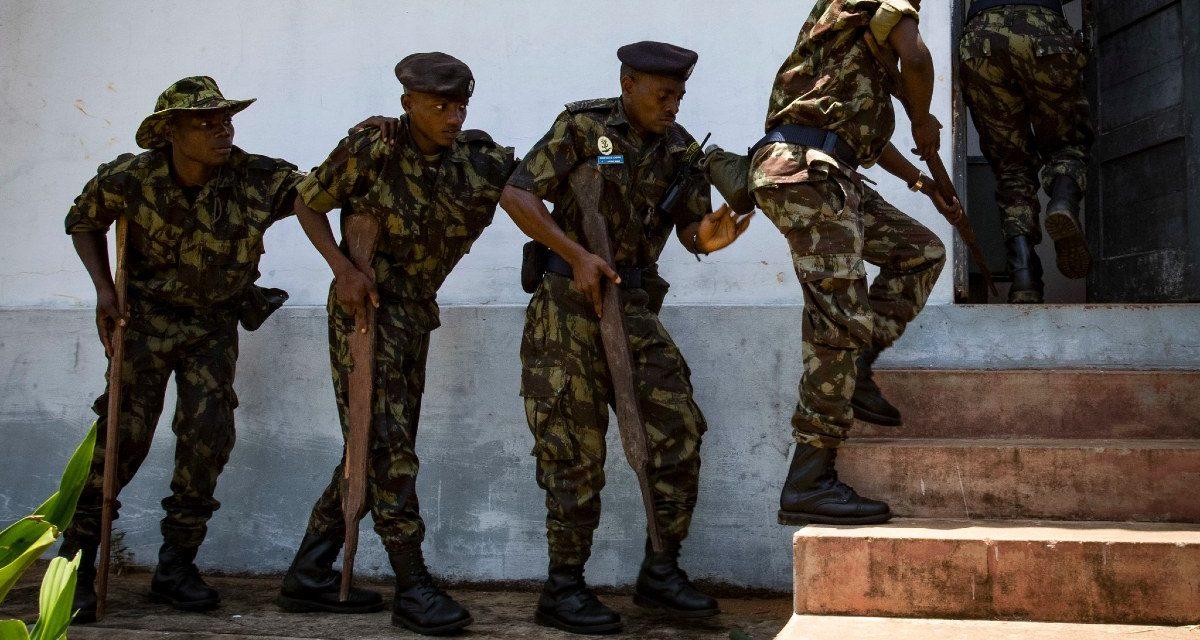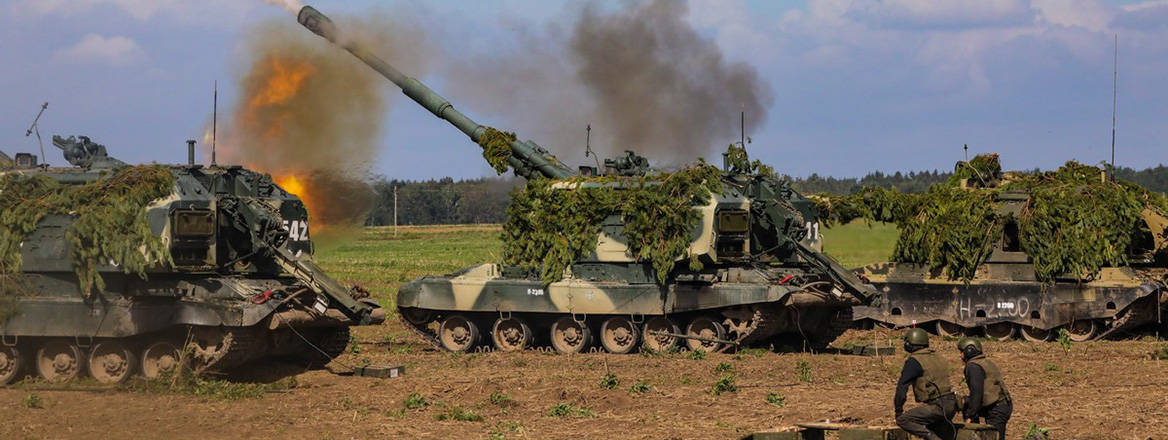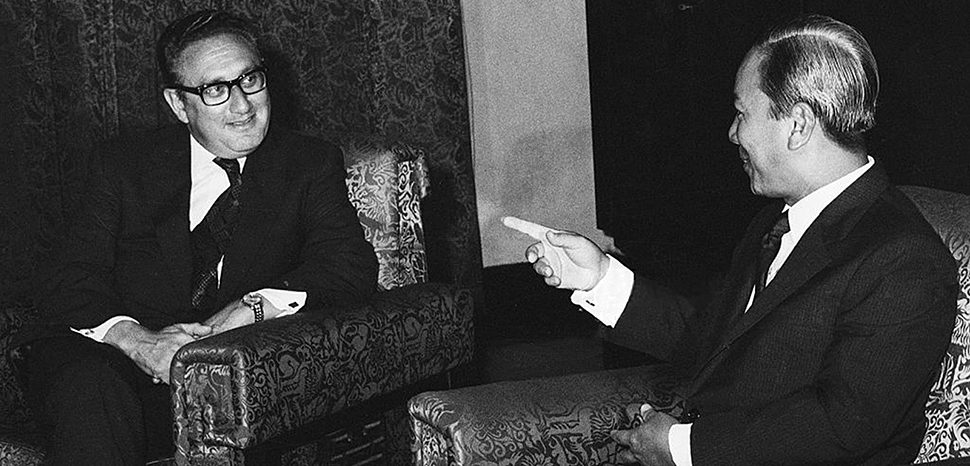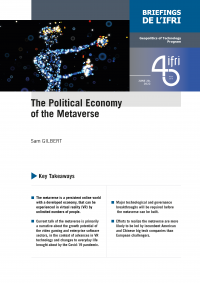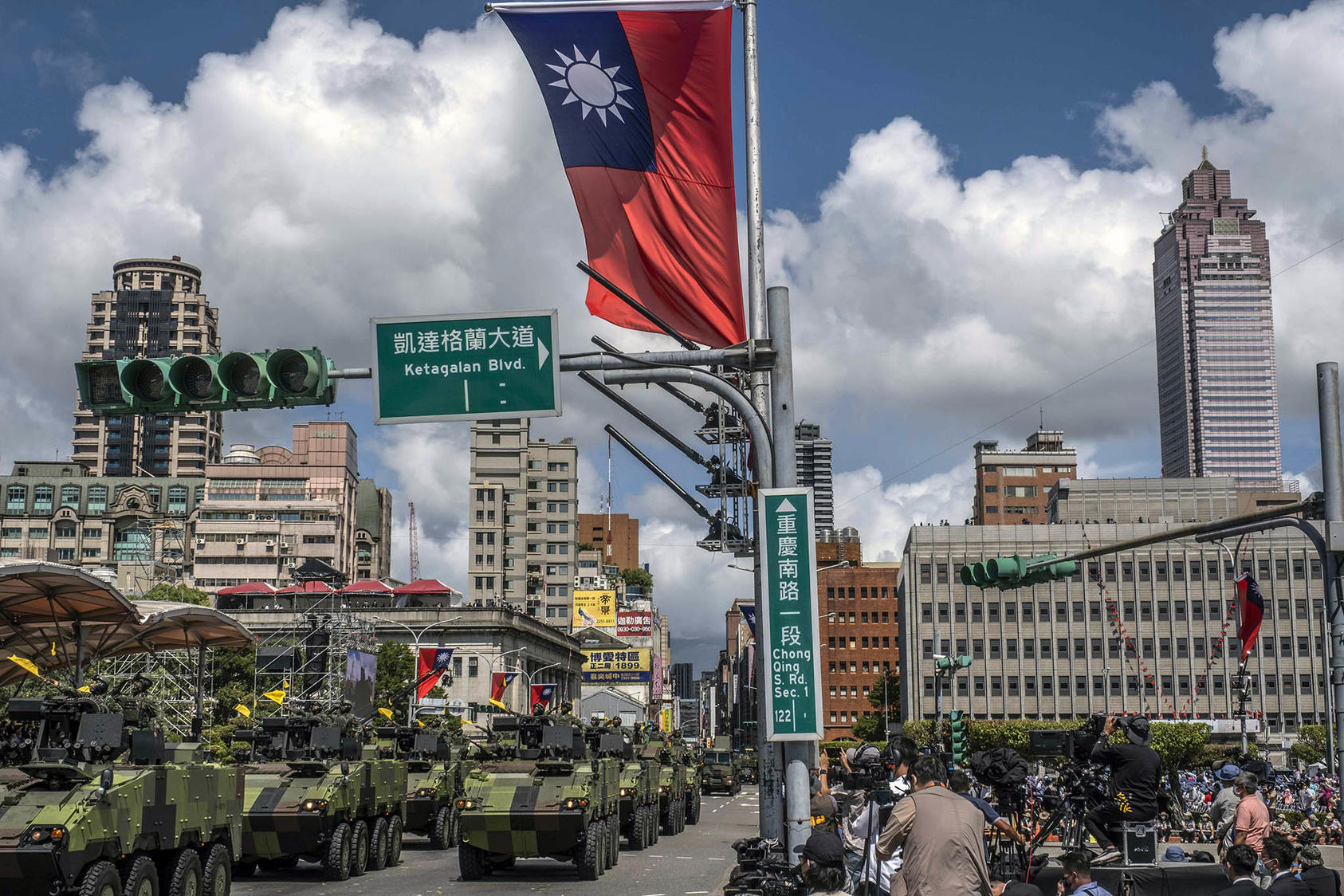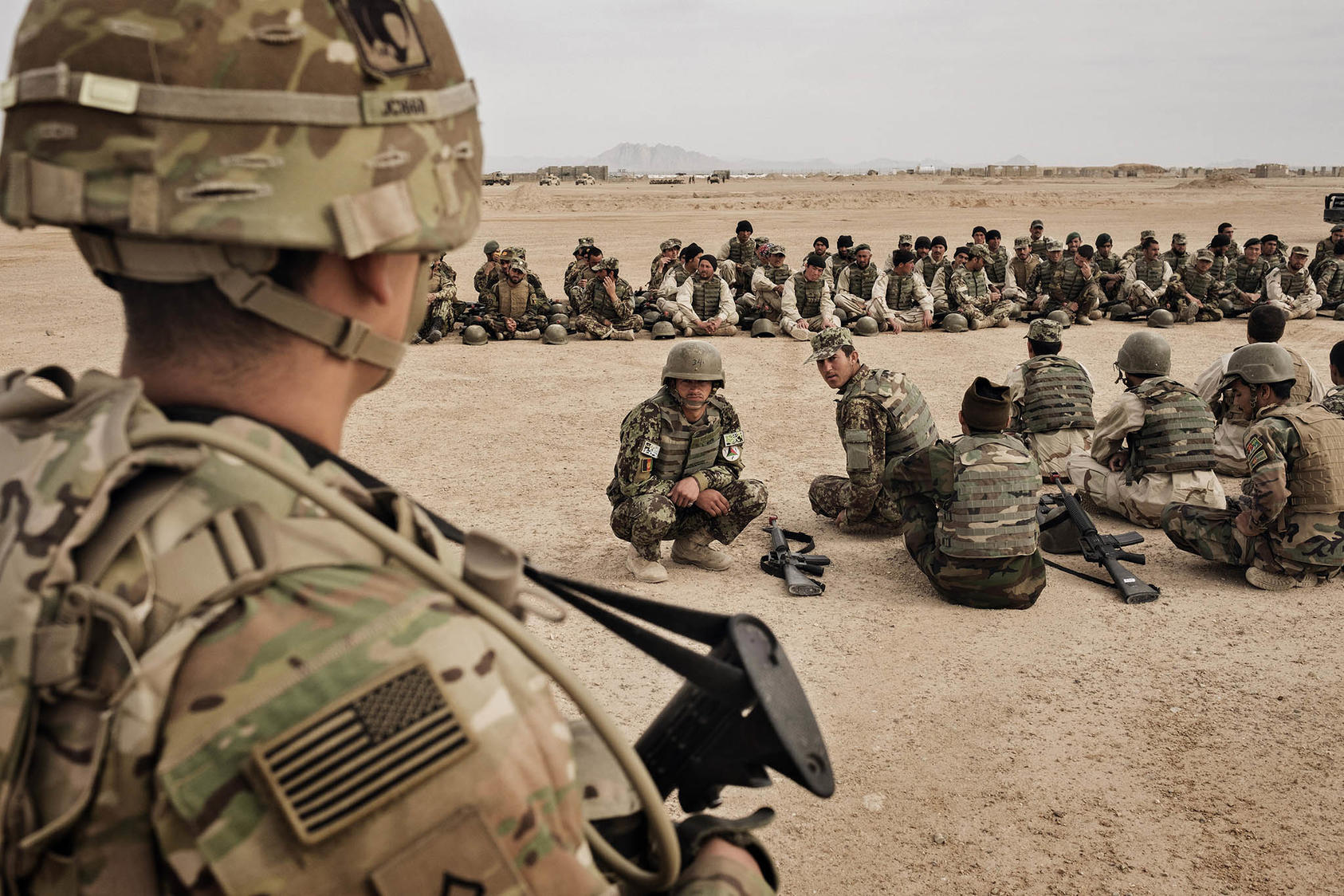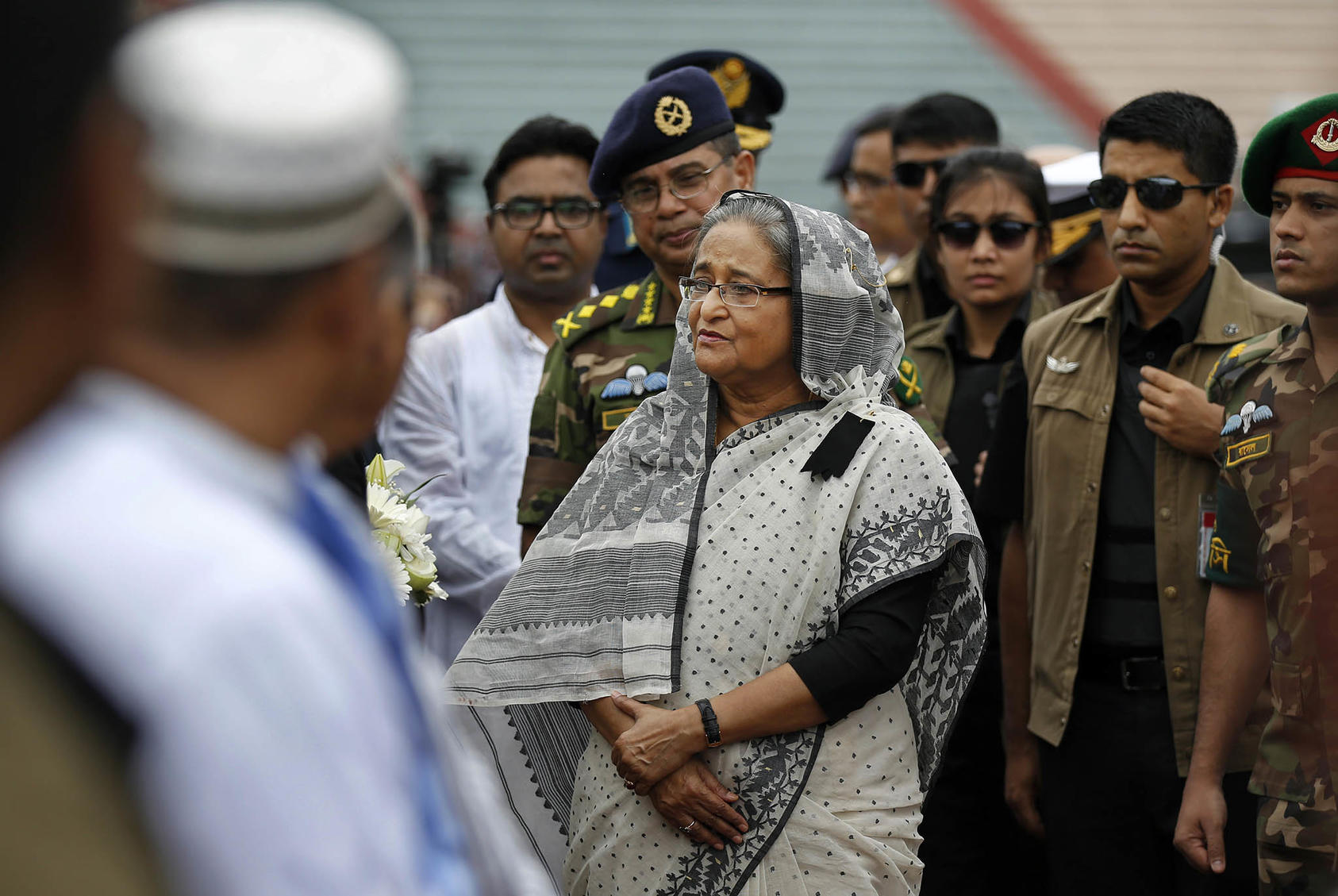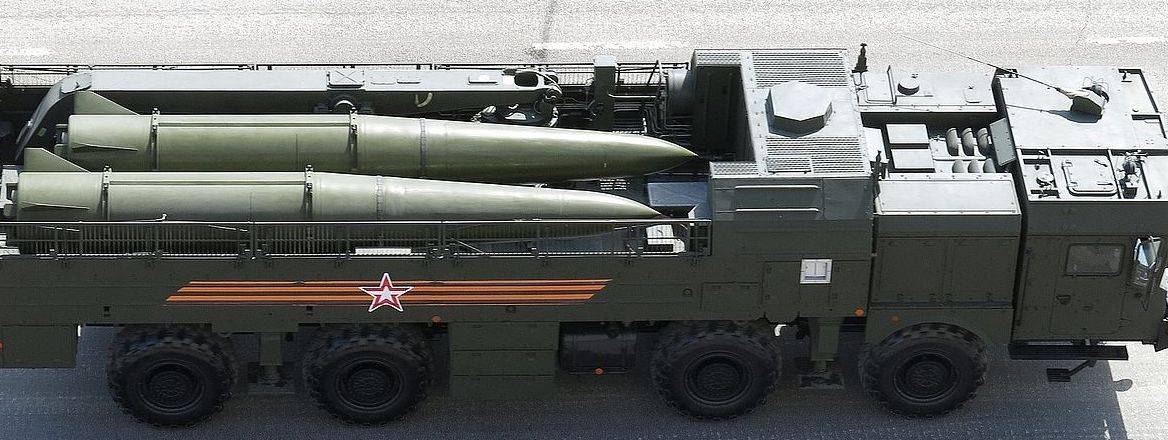Peter Layton
How did we end up here? We all thought Putin's modernized Russian army was ten feet tall and led by a General who, in military thinking circles, is a veritable rock star. What gives?
Chief of the Russian General Staff, General Valery Gerasimov, in 2013 wrote a famous article that with Russia’s 2014 capture of Crimea was seen as a how-to-guide for overthrowing governments in nearby countries. Russia would use social media and covert interference to turn the population against its government, use economic measures to make it poor, and diplomatic measures to make sure it had no friends. Right at the end of this long, drawn out process, a small Russian invading force would attack, inspiring the populace to rise up and mount a coup that would install a pliant leader.
Good in theory, and many bought the idea across the world.
Gerasimov’s regime change ideas have failed dismally in Russia’s attack on Ukraine. Russian fifth columnists inside Ukraine were quickly disarmed, the special force airborne assault on Hostomel airfield near Kyiv failed, Russia’s army was halted, and Ukraine became more united and determined.
